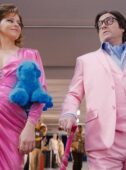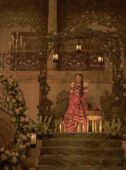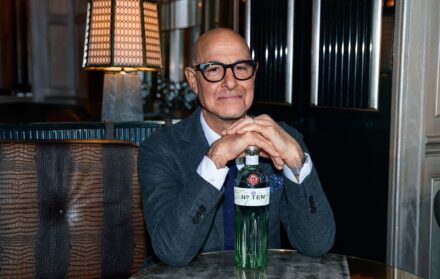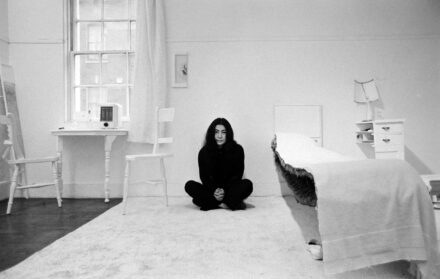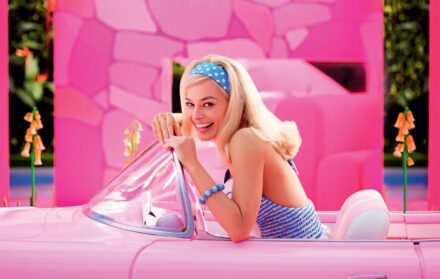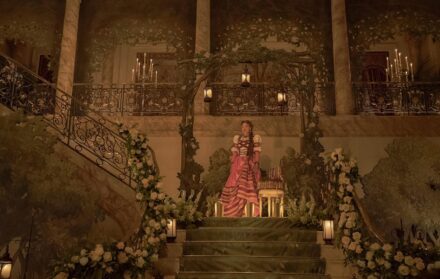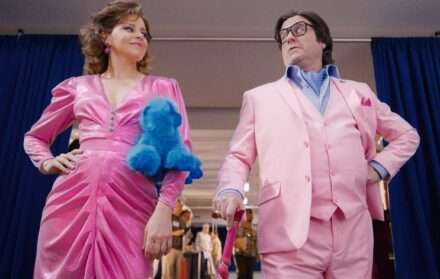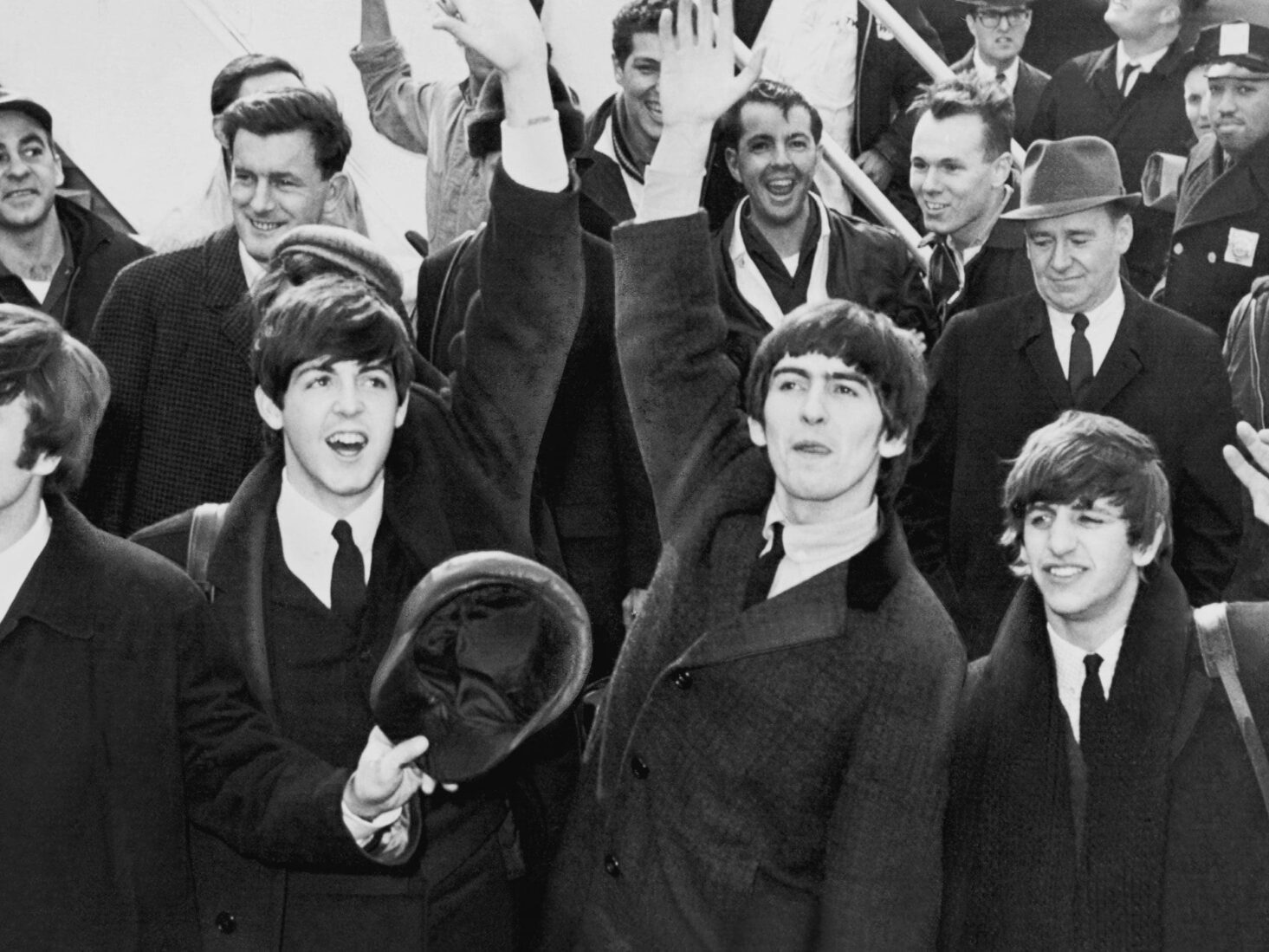
Get Back: The inside story of the Beatles’ final album
As a new Peter Jackson film promises to tell the real story behind the end of the Fab Four, Luxury London looks back at the chaotic coming together of Let It Be
It’s regarded as the final nail in the Beatles coffin. Despite limping on for another year, a month of rows, bitterness, walk outs and tension in January 1969 resulted in Let It Be, the very last Beatles album and the beginning of the end for the band. Yet Peter Jackson, he of Lord of the Rings fame, has, over the last three years, been given access to 55 hours of unseen footage taped over the course of the album’s creation that would appear to paint a more uplifting picture of the band at work.
Now pieced together into a documentary titled Get Back and due to be released in three two-hour episodes from 25 November, the reboot might be a reassessment of the well-trodden end game of the Beatles story but there’s no doubt that the sessions were, if not outright miserable, then still fraught with drama. Here’s a sneak peek at some of the revelations the new footage promises…
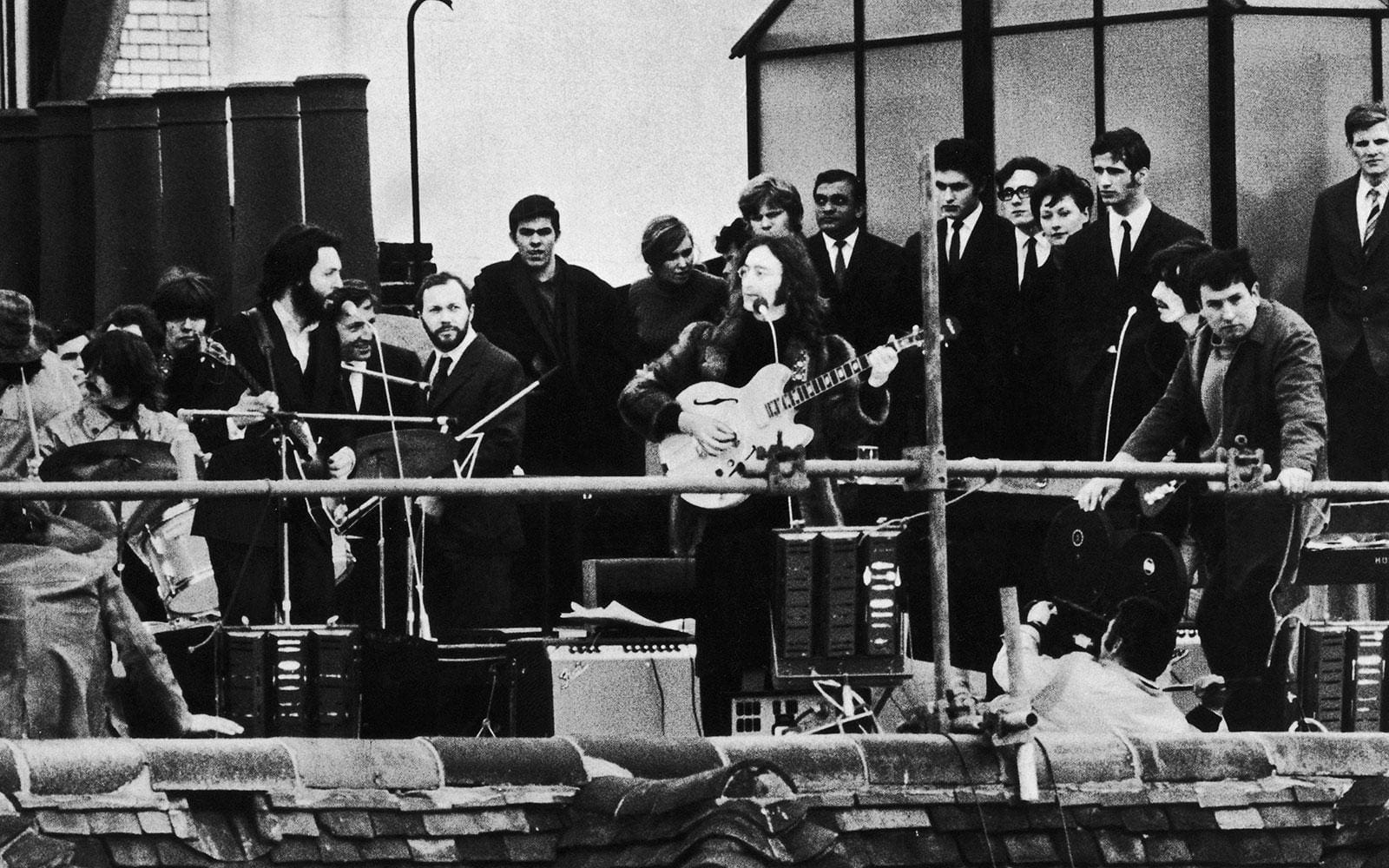
Paul McCartney didn’t want to do the rooftop gig
The Get Back sessions concluded with an impromptu rooftop gig on a weekday lunchtime on the roof of the Beatles’ Savile Row HQ. It brought traffic to a standstill and ended abruptly when police closed down them down. However, footage of conversations between the Fab Four on the day prior to the concert show that, despite being portrayed as the ‘leader’ of the band during the final years, Paul McCartney was the only one who didn’t want to play live.
The reason? He thought playing on a Mayfair roof wasn’t an impressive enough end to the recording sessions. Yet other ideas for live gigs (which included playing in a Roman amphitheatre or aboard a cruise ship) were vetoed firmly by the other Beatles, with Starr absolutely steadfast that he was too busy to travel abroad due to commitments he’d made to star in an (absolutely dire) movie with Peter Sellers called The Magic Christian.
George Harrison lost the plot over a biscuit
Although his temperament seemed to improve over the course of the month-long recording sessions, early January saw George Harrison in a foul mood. Loathing the set up at Twickenham Studios and increasingly annoyed at being ‘schooled’ on his guitar parts by McCartney, Harrison got seriously mad when Yoko Ono raided his personal digestive biscuit supply, which he’d hidden in his speaker cabinet. Calling her a ‘b**ch’, the following day he walked into the studio dining room at lunchtime and remarked ‘see you round the clubs’ before walking out on his bandmates, seemingly for good. The band carried on for a few days with some very half-hearted rehearsals (some featuring just McCartney and Starr) before Harrison agreed to return if they could quit the cold, sterile atmosphere of Twickenham Studios and reconvene at Savile Row.

The recording studio was wrecked by ‘Magic Alex’
Surprisingly few people ever broke into the Beatles’ inner sanctum but ‘Magic’ Alex Mardas endeared himself to John Lennon with his fantastical ideas for inventions. A Greek inventor and engineer, he claimed he could build a recording studio fit for the gods in the basement of the band’s Savile Row HQ.
Abandoning the Twickenham Studios environment halfway through January at Harrison’s behest, the rest of the sessions were conducted here, though the Beatles were forced to use mobile recording equipment for the entirety. Mardas’ promises of a sublime studio manifested as little more than a crude mixing board that was junked after just one session. George Harrison was especially scathing of ‘Magic’ Alex in later years, calling his work “the biggest disaster of all time” and suspecting that Mardas had, “just read the latest version of Science Weekly, and used its ideas.”
Lennon was battling heroin withdrawal
During the first few days of recording at Twickenham Studios John Lennon was in extremely bad shape. As he and Yoko Ono sunk into heroin addiction, a Canadian recording crew arrived to conduct an interview with the inseparable pair. Looking almost unbearably ill, Lennon interrupted the interview to state that he’s ‘not gonna make it’ and left to throw up off camera. Later in the year he would document his pain weaning himself off the drug in his early solo hit Cold Turkey.
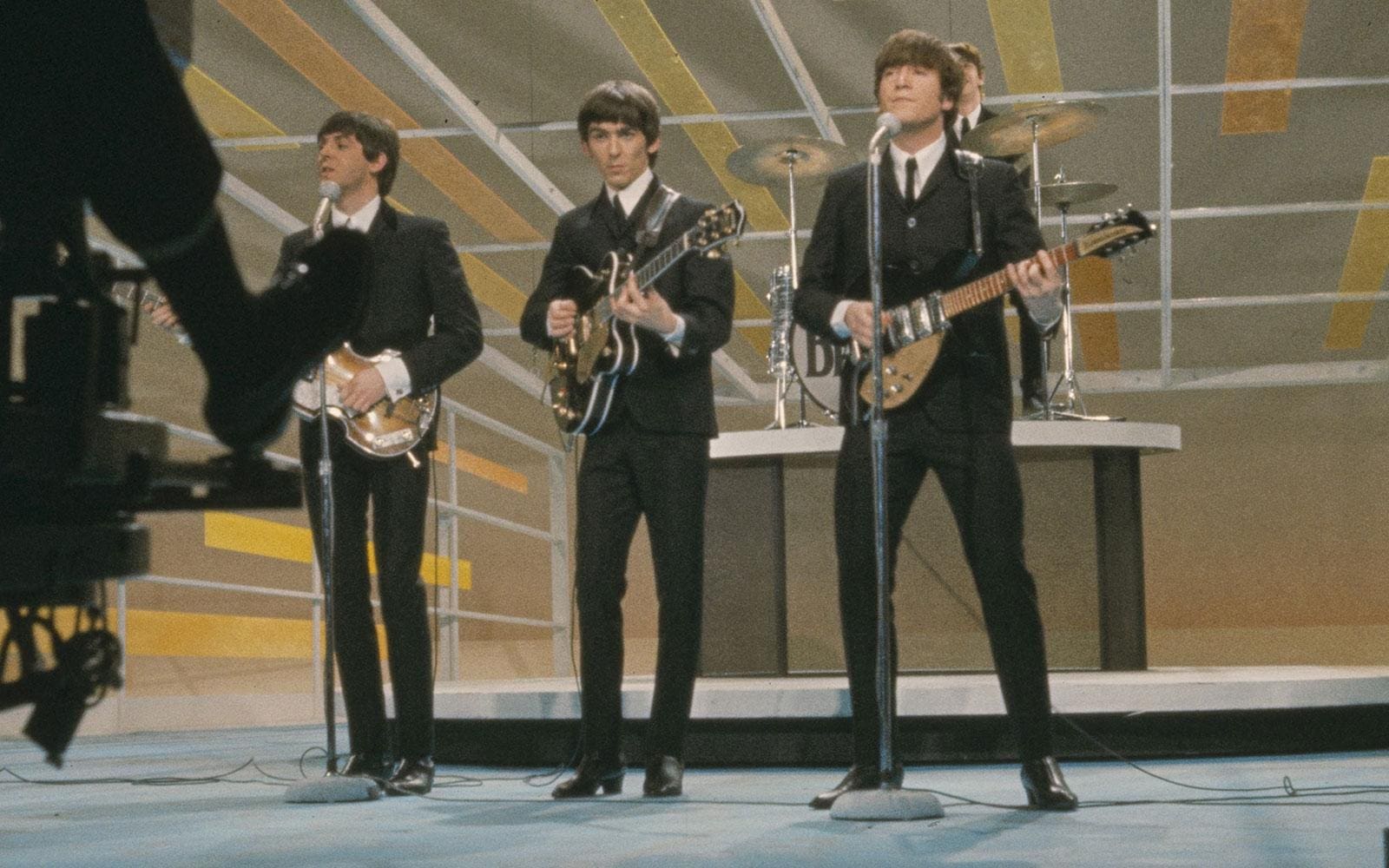
The Beatles recruited girls off the street to sing backing vocals
Lennon’s song Across The Universe has a confusing history. The version heard on Let It Be was the second attempt at the track. The first, in 1968, deployed two members of what were then known as the ‘Apple Scruffs’ – a group of female fans who kept up an almost permanent presence outside the front door of Savile Row – to sing backing vocals.
Lizzie Brave and Gayleen Pease can be heard, uncredited, singing (very high pitched) on the track. This version appeared on a charity album for the World Wildlife Fund and is considered by most Beatles aficionados to be superior to the version on Let It Be, which is flooded with an exceptionally mushy string arrangement added by producer Phil Spector.
Only three Beatles turned up to the final session
The last time all four Beatles were in the studio together was in July 1969 for the final stages of the Abbey Road album. Yet Let It Be, which they’d recorded beforehand, still wasn’t finished. With Lennon and Yoko Ono in Denmark, the very final Beatles session was in early January 1970, when just McCartney, Harrison and Starr turned up to polish off Harrison’s track I Me Mine. It would be the last time the trio would record together until 1995’s Anthology series and the ‘Three-tles’ reunion track Free As A Bird, which reached a not-very-Fab number two in the charts.
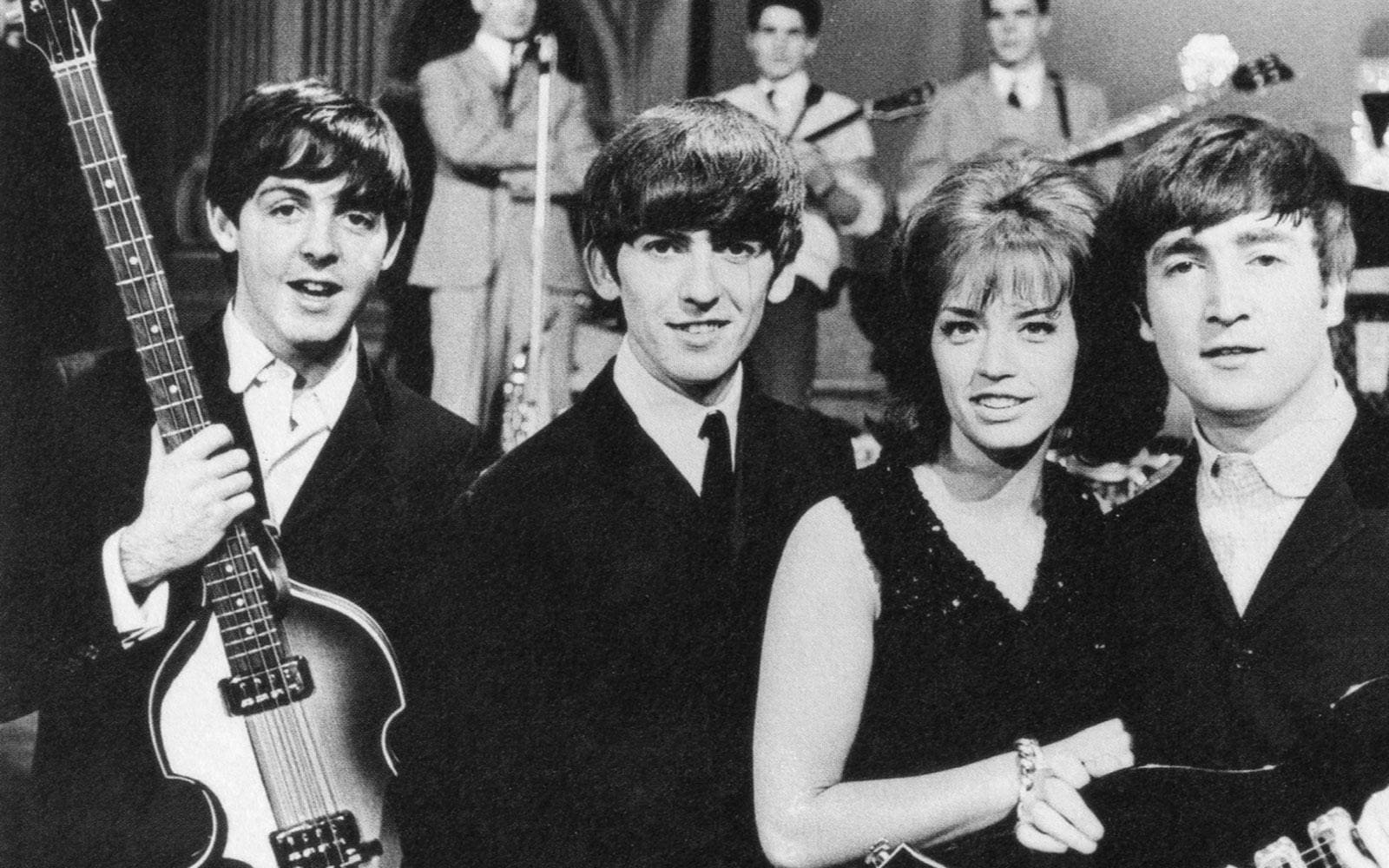
McCartney tried to have the album blocked at the eleventh hour
Long-time Beatles collaborator Glyn Johns had two gos at producing Let It Be and was tasked with cobbling together the rough and ready sessions into some kind of presentable format. Both of his efforts were rejected by the band and so the tapes were eventually handed over to famed ‘wall of sound’ producer Phil Spector.
Spector drenched both Lennon’s Across The Universe and McCartney’s The Long And Winding Road in orchestral strings. Hearing what had been done to his track, McCartney was so furious he began phoning record plants in an attempt to stop the album being pressed at all. In the tersest of letters to the Beatles’ new manager Allan Klein, McCartney concluded his demands that the harps and strings be removed by stating ‘don’t ever do it again’.
Nobody turned up to the premiere in 1970
Premieres for the Let It Be movie were held simultaneously in both London and Liverpool in May 1970. Notably, none of the Fab Four turned up to either of them. The London show, screened at the Pavilion cinema, did however have two ex-Beatles women present in the form of Lennon’s ex-wife Cynthia and McCartney’s ex-girlfriend Jane Asher. Perhaps more excitingly, seats were also filled with a few members of Fleetwood Mac and the Rolling Stones, as well as around 50 Hare Krishnas. The film only ran at the Pavilion for four weeks.
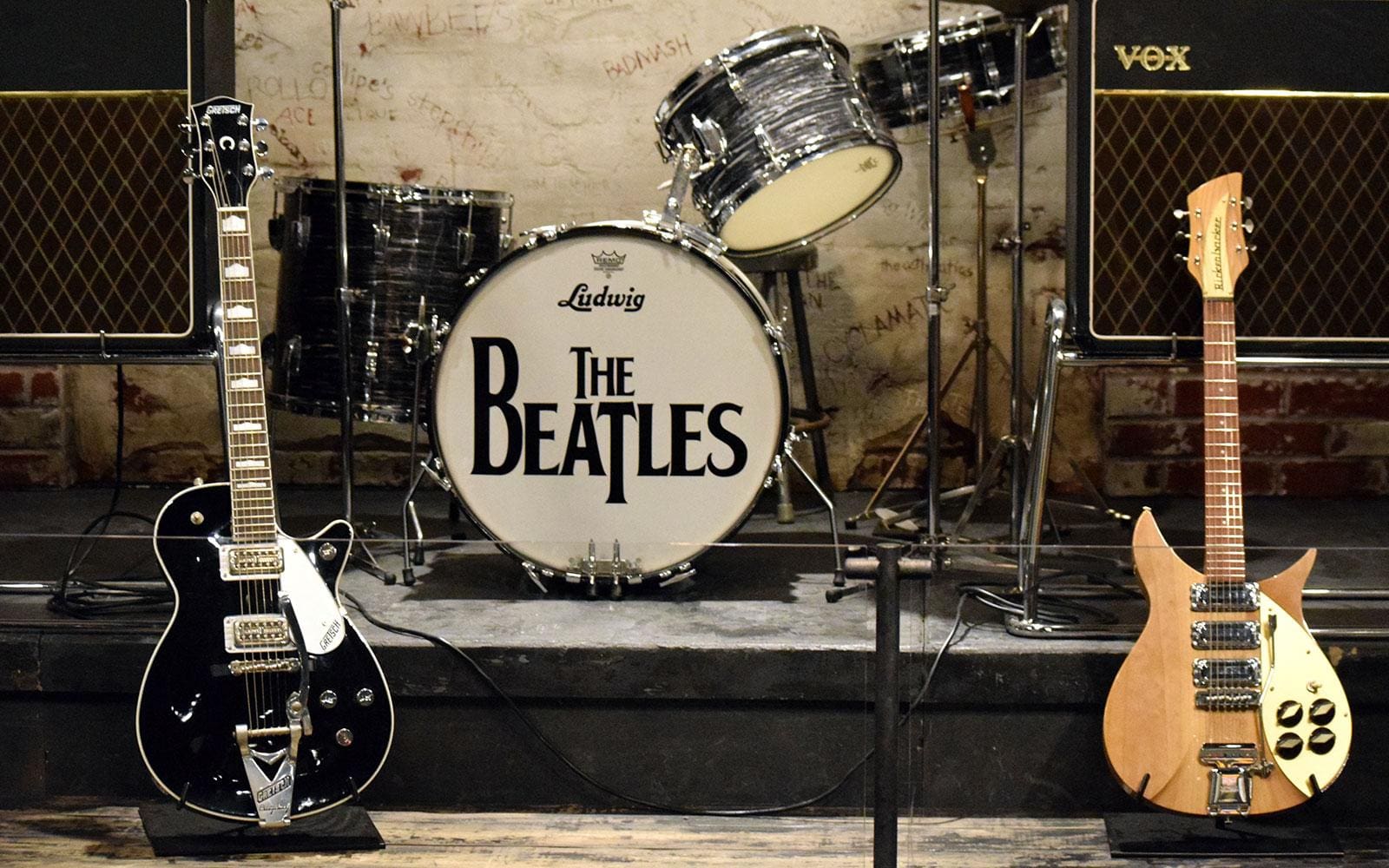
Lennon despised Let It Be – and one of his own songs on the album
Lennon and McCartney had, by this stage, long since ceased to write songs together and Lennon was particularly critical of some of McCartney’s latter-day Beatles compositions. Of his former songwriting partner’s track Let It Be, he stated in 1980, ‘That’s Paul. What can you say? Nothing to do with the Beatles. It could’ve been Wings. I don’t know what he’s thinking when he writes Let It Be.’
Though Lennon was no more enamoured with some of his own songs from this period. His cryptic Dig A Pony was, he later confessed, ‘another piece of garbage… It was literally a nonsense song. You just take words and you stick them together, and you see if they have any meaning. Some of them do and some of them don’t.’
Lennon, Harrison and Starr threw a brick through Paul McCartney’s window
McCartney once called it ‘the moment the Liberty Bell broke’, referring to the three-against-one battle he had with the other Beatles over whether his step-dad John Eastman or the brash American Allan Klein should be the new manager of the group. With Macca outvoted by the other three, he decided to break the code of ‘omerta’ that had existed within the group since Lennon had told the other three he wanted ‘a divorce’ from the Beatles in autumn 1969.
Desperate to keep the break up silent until all felt the time was right (the consensus was that they would release solo material but still come together once a year to record as a band), McCartney broke rank and announced the group was completely and permanently over in a press release to promote his solo album McCartney in April 1970 – a month before the Let It Be film and album were released.
In retaliation, it’s believed that Lennon, Harrison and Starr made an unscheduled stop in St John’s Wood on their way home from a meeting at Apple Records to hurl a brick through Macca’s window.

